Yellowstone Bison Charges, Sending Tourists Scrambling Back to Safety
Yellowstone Bison Charges, Sending Tourists Scrambling Back to Safety
Yellowstone National Park is renowned for its stunning natural beauty and its diverse wildlife populations, including the iconic bison.
However, a recent event involving tourists and these magnificent animals serves as a stark reminder of the need for maintaining safety and adhering to park guidelines when observing wildlife in their natural habitats.
An Unexpected Encounter
A concerning incident unfolded with a group of tourists and a pair of bison.
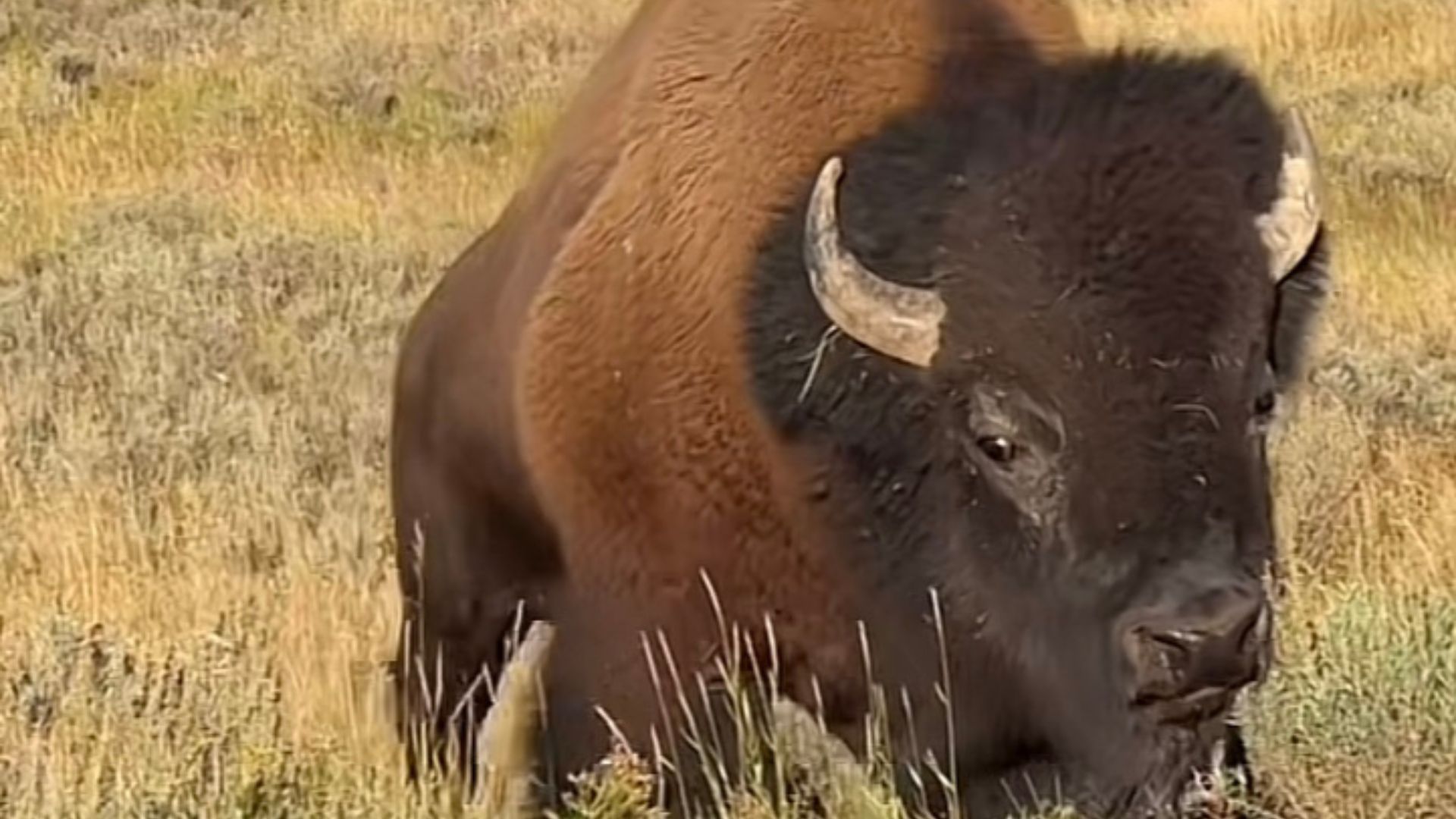
Source: sensiblyhealth/TikTok
While these tourists were not behaving as provocatively as some in prior Yellowstone events, their proximity to the animals created a tense situation that had potential consequences for all involved parties.
Capturing the Scene
David DiPaola, an observer known online as @sensiblyhealth, was present during the unfolding situation.
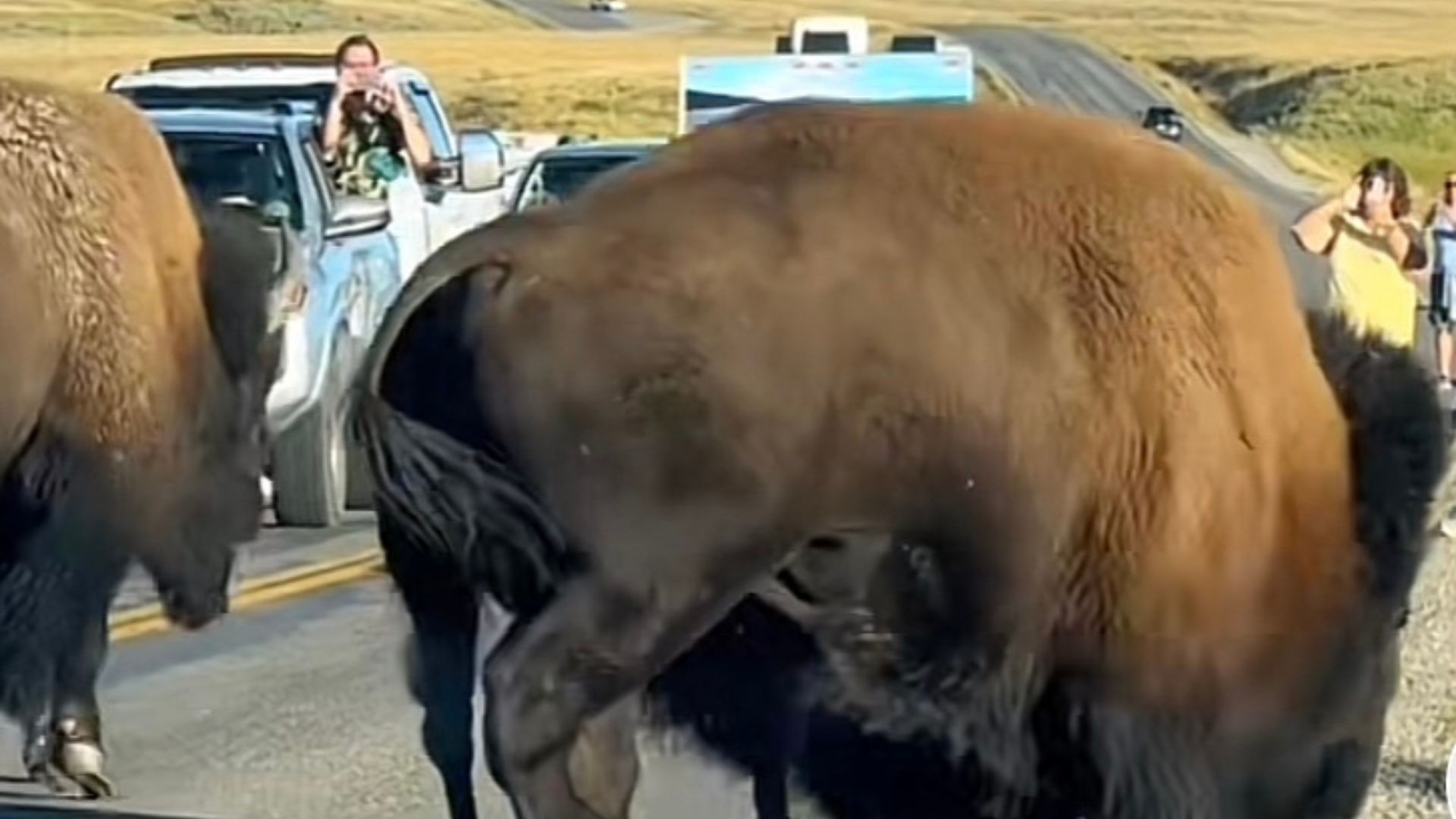
Source: sensiblyhealth/TikTok
From within his car, he captured footage of the male bison in its courtship ritual, offering a unique glimpse into this natural behavior and the ensuing human-animal interaction.
A Gathering Spectacle
The bison’s behavior attracted significant attention. As DiPaola recorded, more tourists parked by the road’s side, all drawn to the scene.
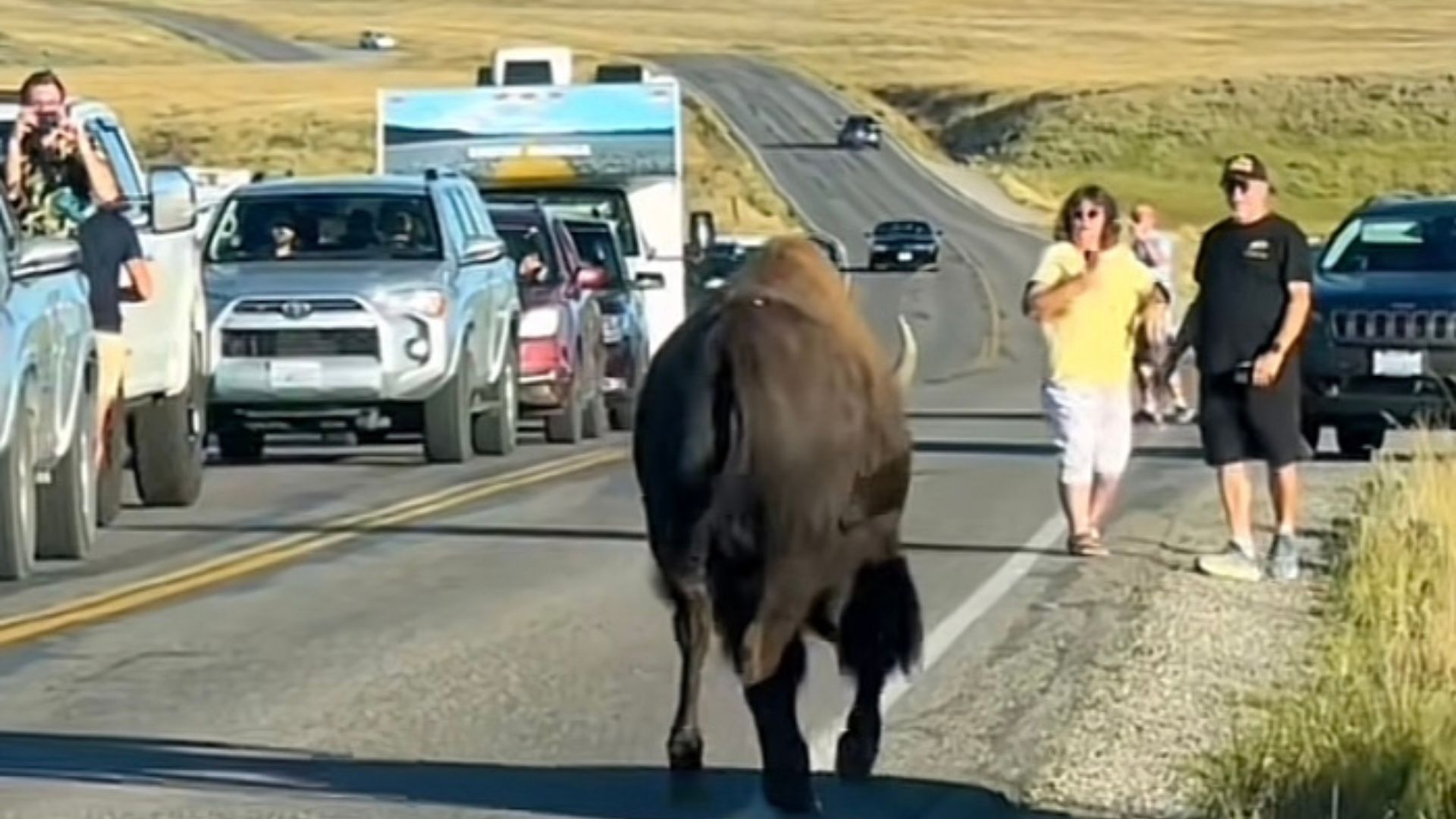
Source: sensiblyhealth/TikTok
Their collective interest, while understandable given the rarity of the moment, heightened the situation’s potential risks.
Elevated Risk
The atmosphere became charged when several tourists exited their cars. Their actions seemed to disrupt the bison particularly the male engaged in courtship.

Source: sensiblyhealth/TikTok
This alteration in the human dynamic visibly shifted the bison’s demeanor and the broader scene at hand.
The Bison's Response
Reacting to the perceived intrusion, the male bison decided to take matters into its own hands.
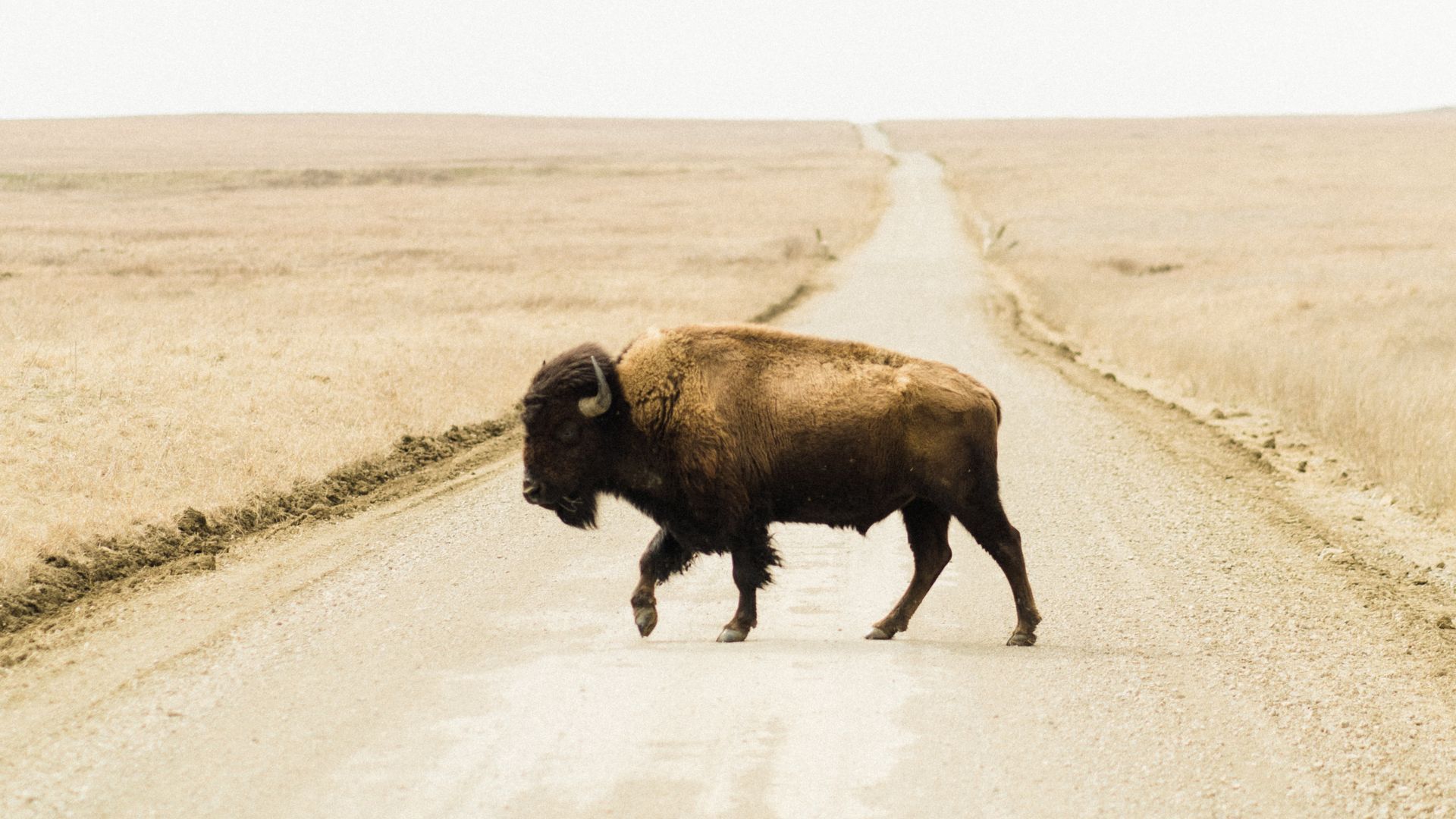
Source: Simon Maage/Unsplash
It charged at the tourists, a stark reminder of the unpredictability of wild animals. The startled visitors were left scrambling back to their cars, emphasizing the need for respect and distance.
Comparing to Past Incidents
In comparison to previous Yellowstone episodes—some of which involved tourists chasing bears or getting dangerously close to bison—this event might seem milder.
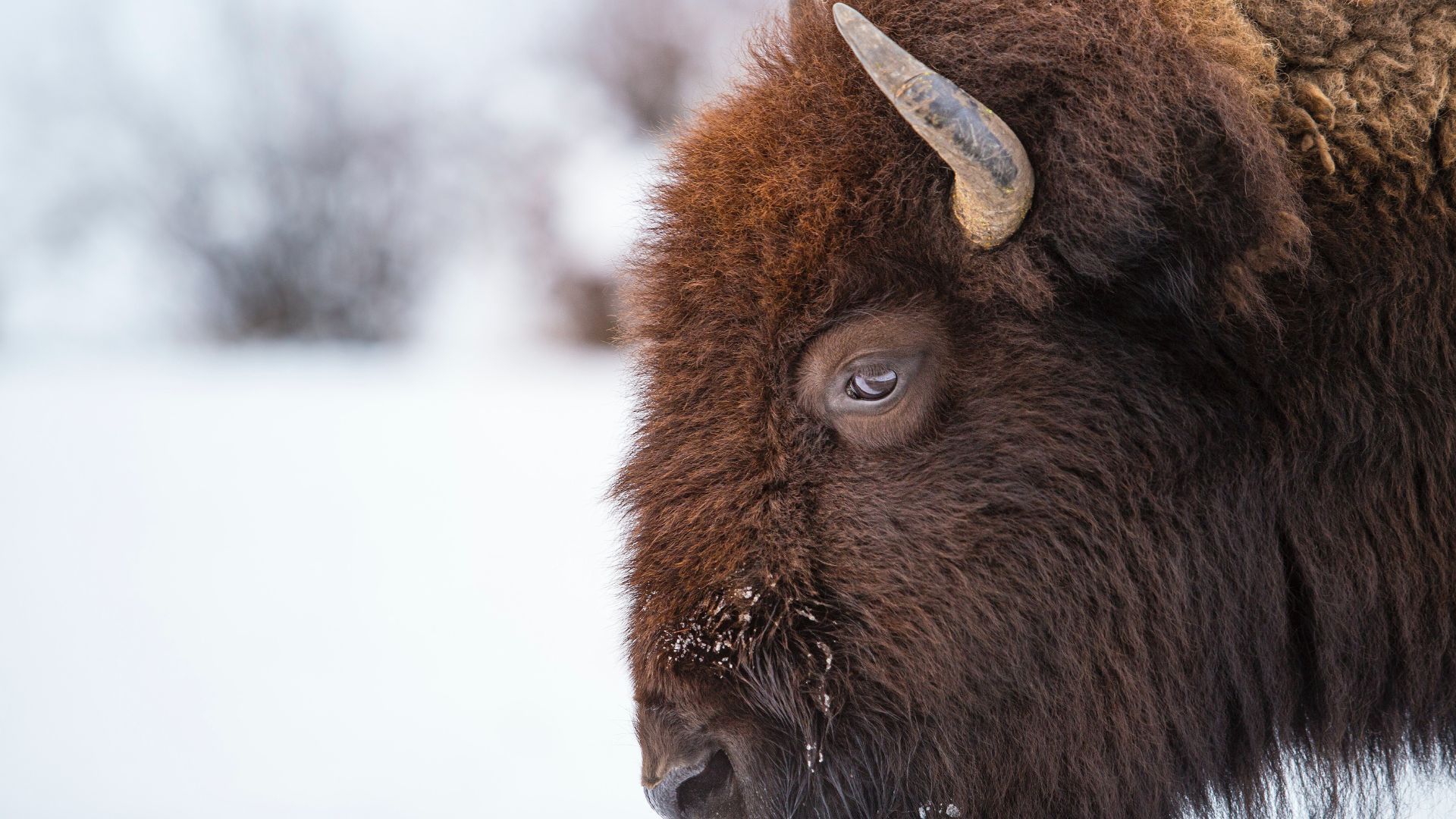
Source:Leo/Unsplash
However, it demonstrates that even passive actions can prove unsafe, highlighting the imperative of adhering to safety guidelines.
National Park Service's Recommendations
The National Park Service has clear guidelines: maintain a distance of at least 25 yards from bison.
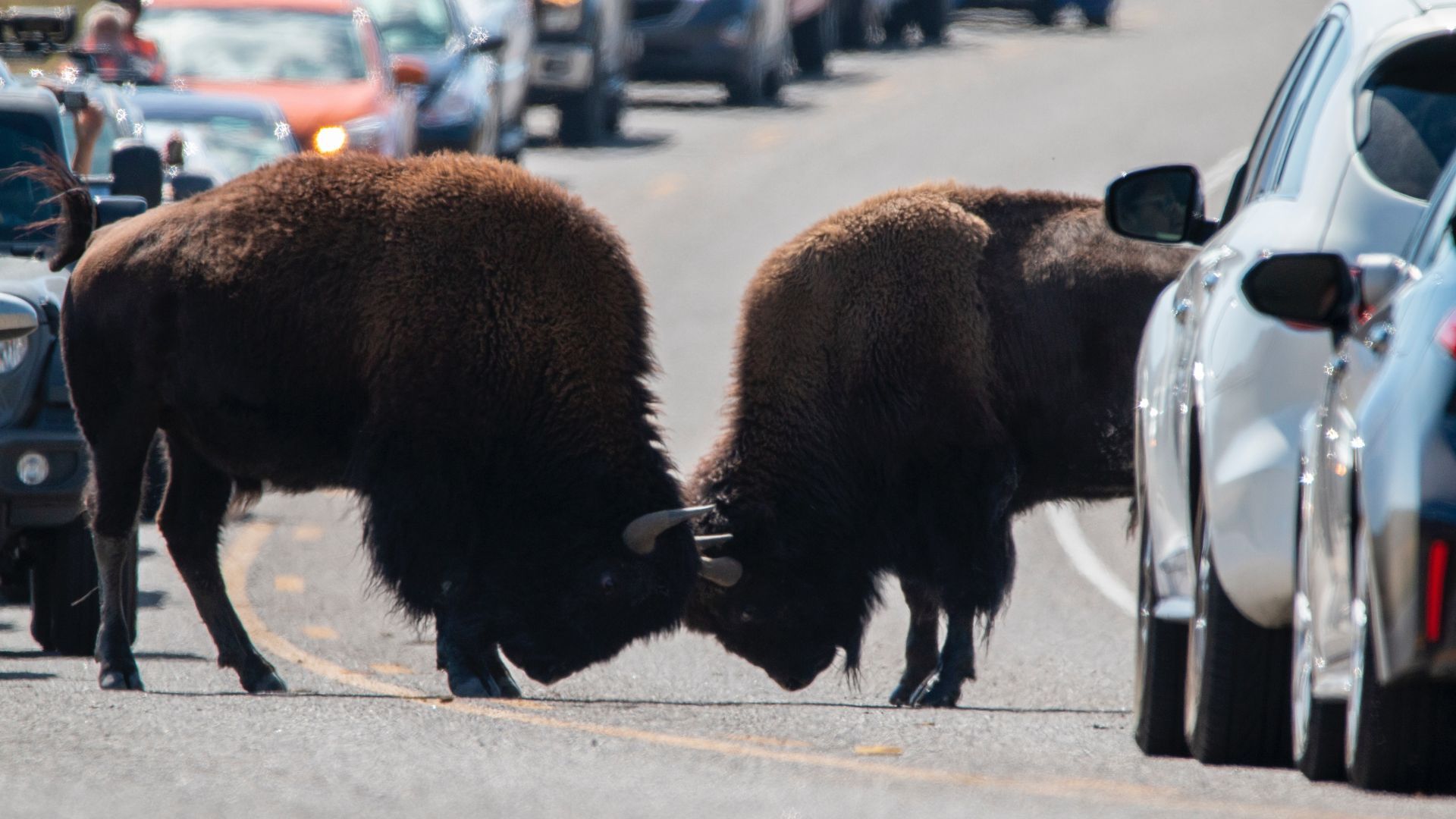
Source: Goutham Ganesh Sivanandam/Unsplash
For potentially more aggressive wildlife like bears or wolves, the recommended distance is 100 yards. These guidelines are established based on years of observations and aim to ensure both human and animal safety.
Importance of Vehicle Safety
Vehicles serve dual purposes in Yellowstone. Not only are they a mode of transportation, but they also act as a protective barrier between humans and wildlife.
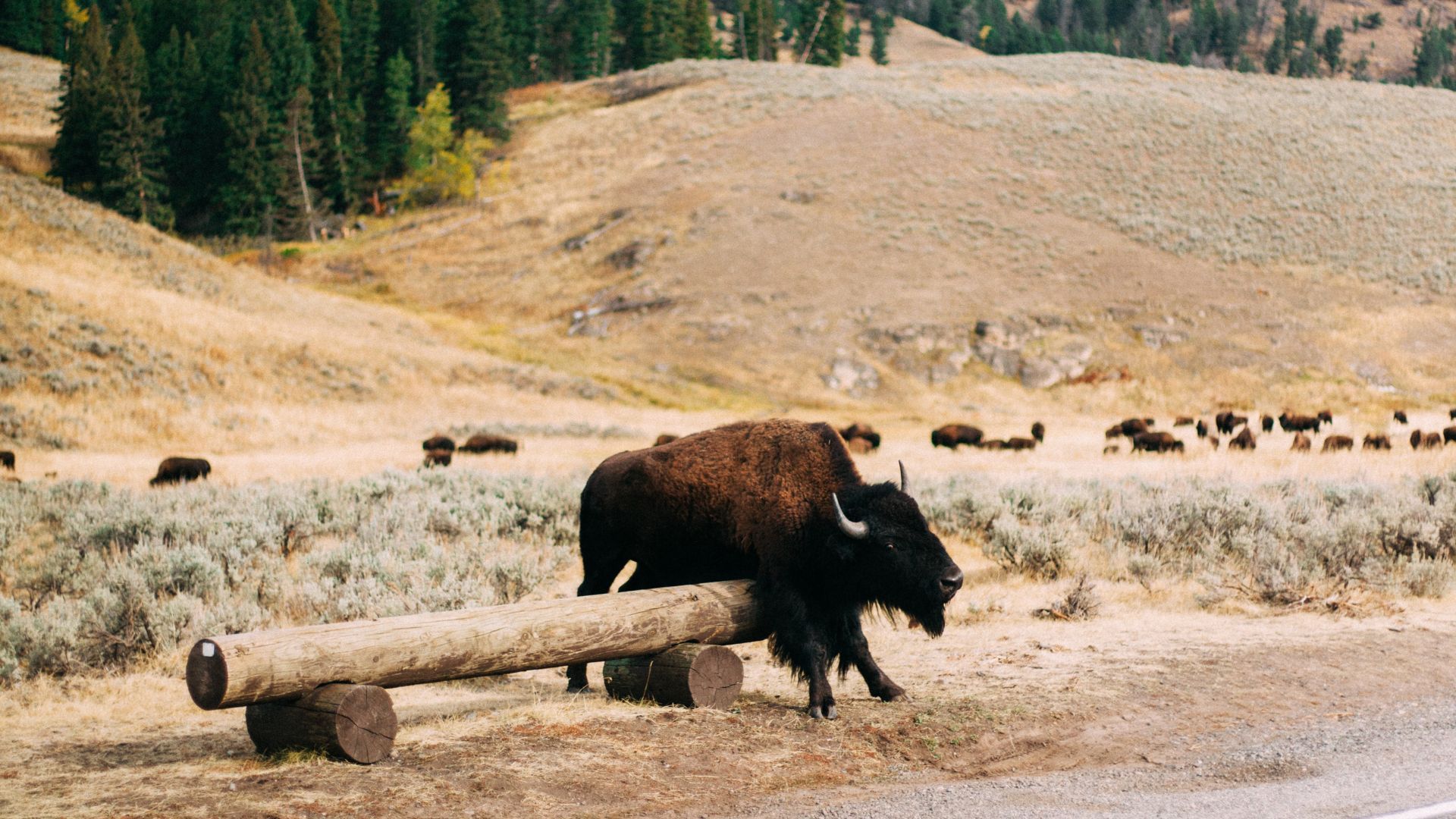
Source: James Fitzgerald/Unsplash
This incident underlines the significance of remaining within one’s car when observing larger, potentially aggressive animals.
Yellowstone's Unpredictable Nature
While Yellowstone is a haven of biodiversity and natural beauty, it also embodies the unpredictability of wild animals.
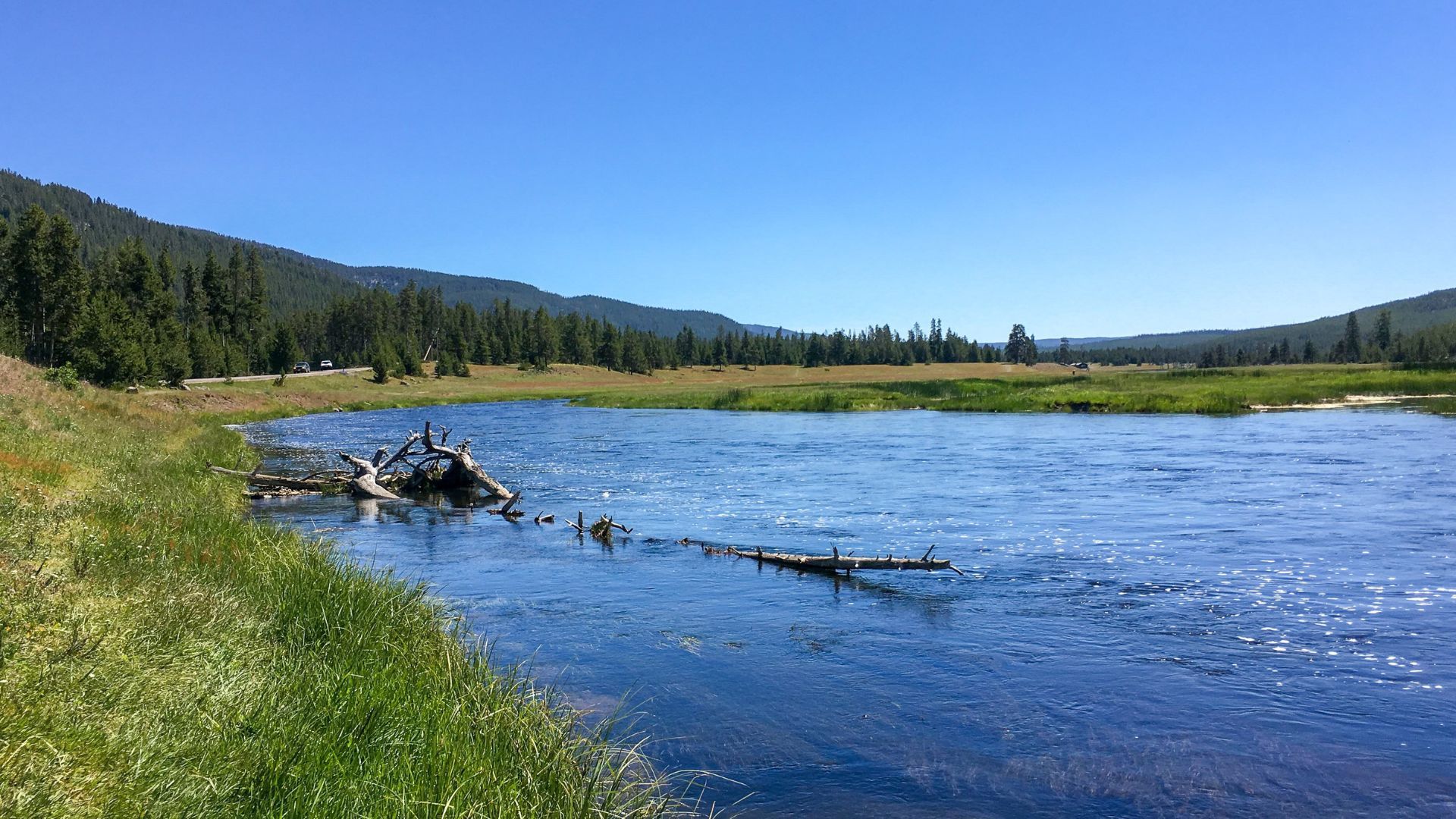
Source:Jim Fang/Unsplash
Their behaviors can be unforeseeable, especially when they feel cornered or are engaged in sensitive activities, making caution and respect essential.
The Need for Respect and Distance
This episode emphasizes the importance of both respect and distance when observing wildlife.
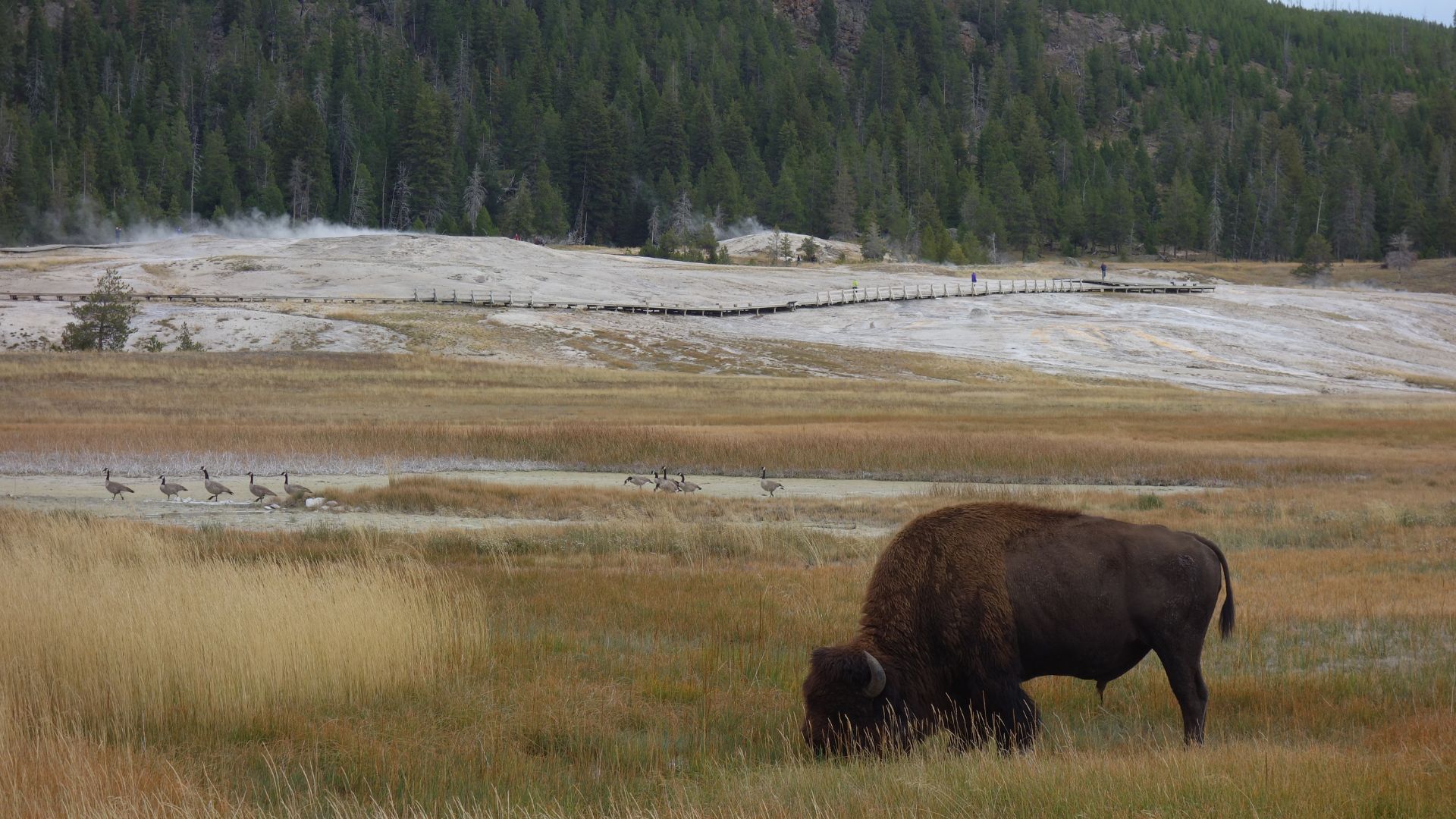
Source: Arthur Tseng/Unsplash
While these animals are captivating and offer unique viewing opportunities, it’s crucial for visitors to ensure their safety and the animals’ comfort by maintaining appropriate boundaries.
Prioritizing Safety at Yellowstone
Yellowstone offers unmatched encounters with nature. Yet, as events like this reveal, ensuring personal safety and respecting the park’s wildlife is crucial.
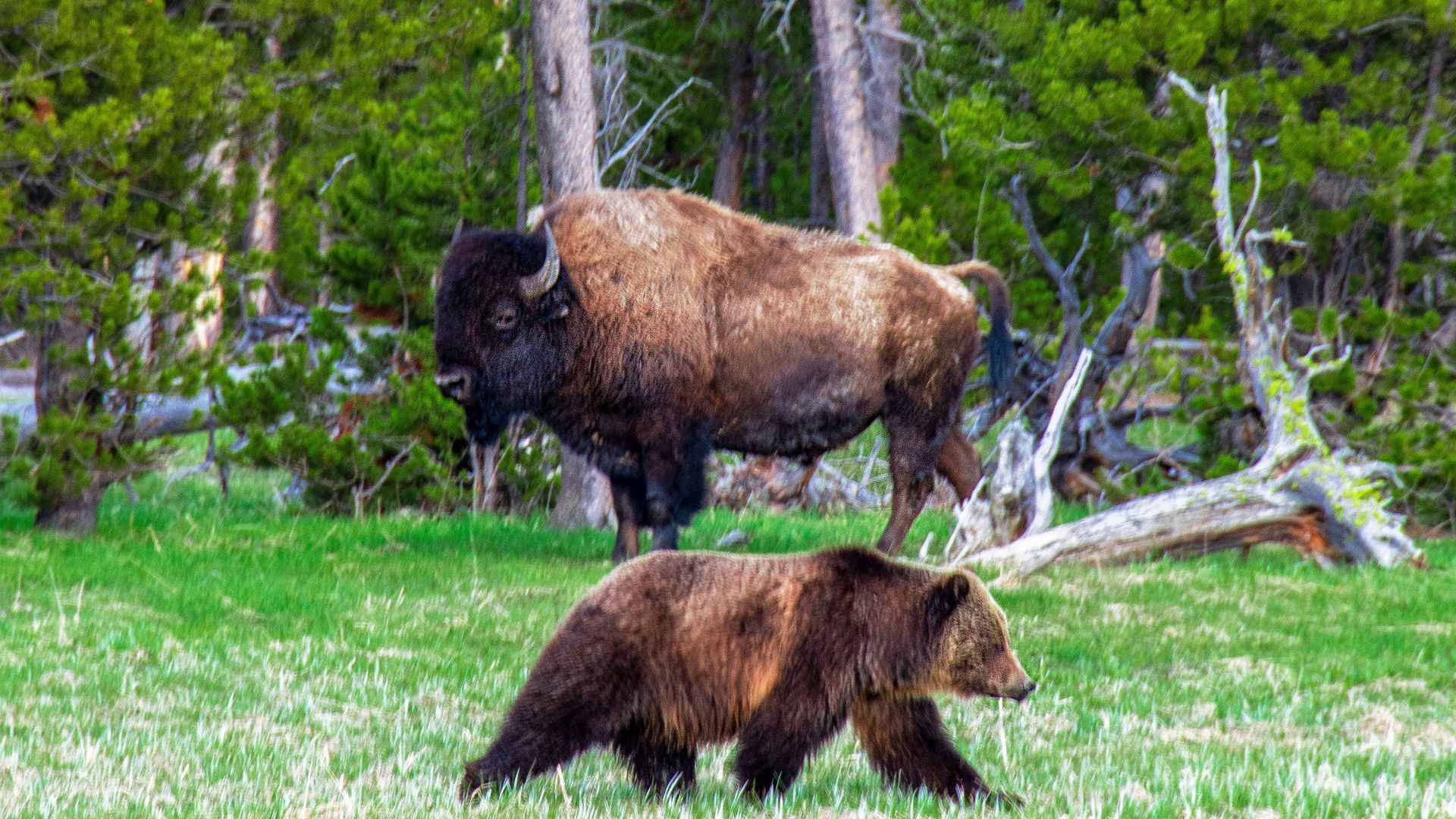
Source: Steven Cordes/Unsplash
Observers must prioritize safety guidelines, ensuring harmonious and safe experiences for all.
